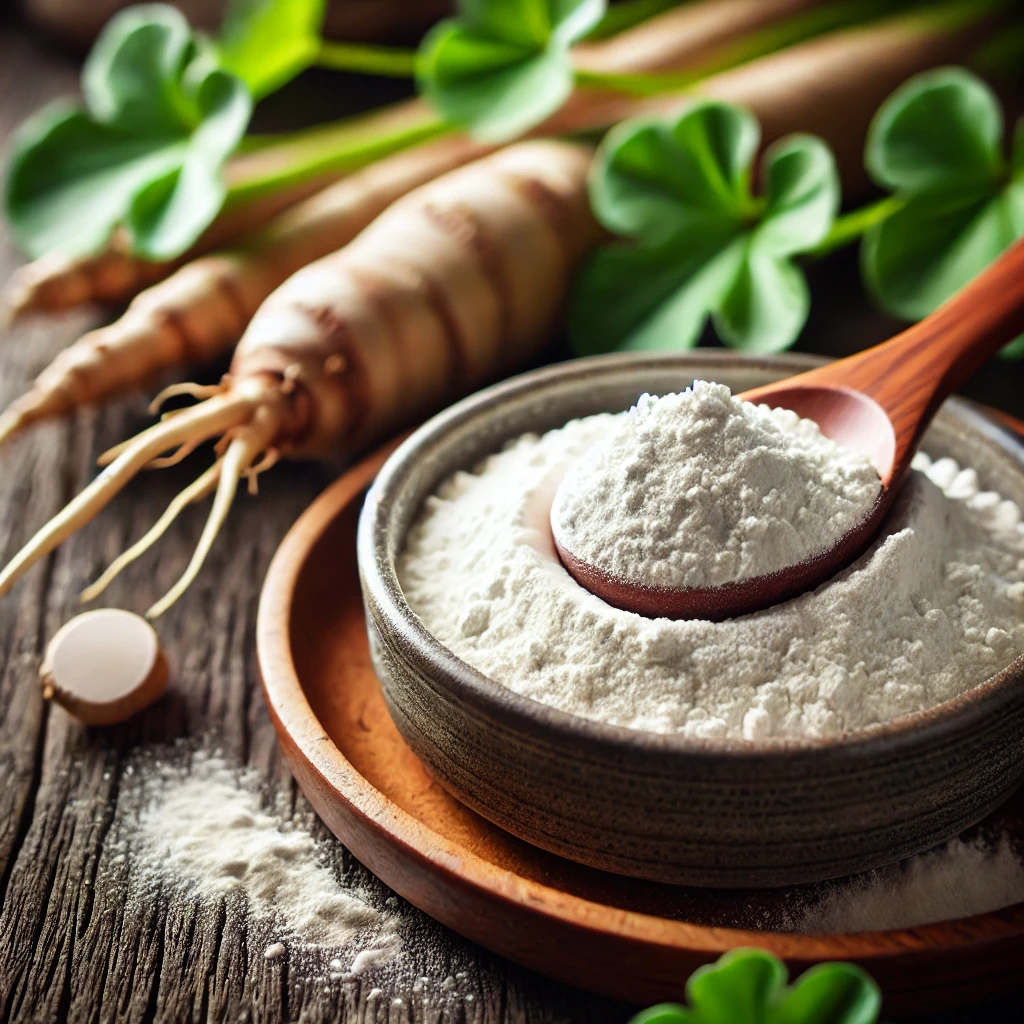




Arrowroot powder is a starch derived from the roots of the tropical plant, Maranta arundinacea. Known for its white, powdery consistency, it is often used as a thickener in recipes due to its light texture and lack of overpowering flavor. Unlike other starches, arrowroot is gluten-free and easy to digest, making it a popular choice in health-conscious cooking and baking.
Arrowroot powder has a mild, neutral taste that doesn't overpower dishes. Compared to cornstarch or tapioca, it offers a smoother texture and lacks any aftertaste, allowing it to blend seamlessly with other ingredients. This neutrality is why it’s often preferred for delicate sauces and recipes where the focus is on the other flavors.
What sets arrowroot powder apart from other starches is its suitability for those with digestive sensitivities. It's gluten-free, vegan, and paleo-friendly. Arrowroot doesn’t break down in acidic mixtures, which makes it excellent for thickening fruit sauces and citrus-based recipes. It also remains stable under freezing temperatures, unlike cornstarch, which can become clumpy or lose its texture.
Users appreciate arrowroot-powder for its smooth consistency and versatility. Many find it a fantastic alternative to cornstarch, especially when looking for a gluten-free option. Some common praises include its easy digestibility, clean flavor, and ability to give a recipe a silkier finish. However, a few users mention that it may require a bit of practice to substitute effectively in certain recipes.
When selecting arrowroot-powder, it's best to look for organic, non-GMO options to ensure purity and quality. Reputable brands often provide a finer texture, making them ideal for baking and thickening purposes. Look for brands that specify “pure arrowroot-powder” on the label, as some cheaper versions may mix other starches.
Arrowroot-powder is commonly used as a thickener in soups, sauces, and desserts. It works best when mixed with cold water before adding it to hot liquids to avoid clumping. It can also be used to replace eggs in vegan recipes and gives baked goods a tender crumb. Additionally, arrowroot-powder is sometimes used as a natural talc alternative in skincare products due to its absorbent properties.
If you don’t have arrowroot-powder on hand, cornstarch or tapioca starch are good alternatives. Cornstarch works well as a thickener but might alter the texture slightly, making it less smooth. Tapioca starch offers a similar texture but may add a slight taste. Adjustments in quantity may be necessary, as these substitutes may not be as effective in acidic dishes or in recipes requiring freezing.
To keep arrowroot-powder fresh, store it in an airtight container in a cool, dry place. Avoid exposure to moisture, as this can cause clumping. When stored properly, arrowroot-powder can last for several years without losing quality.

